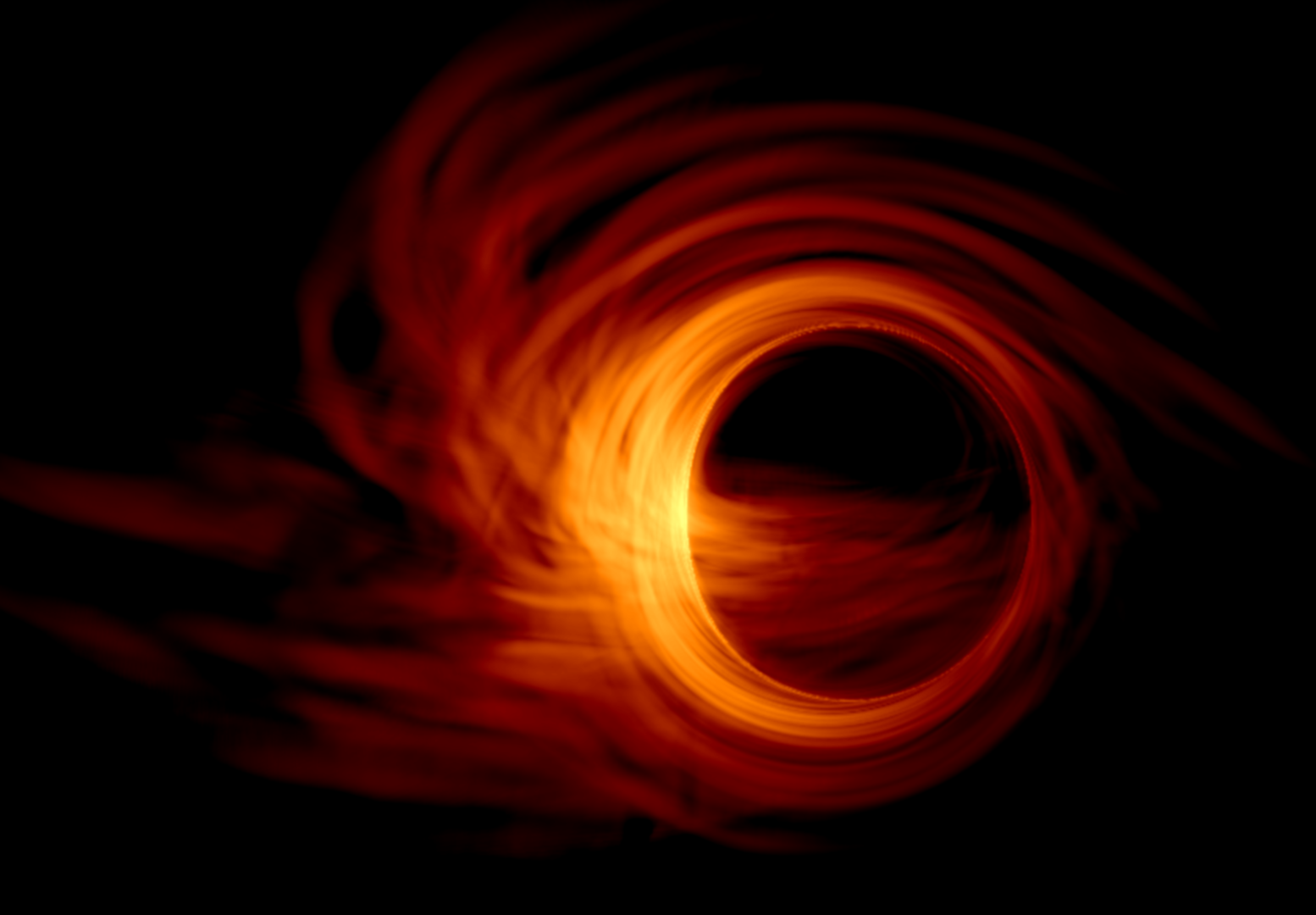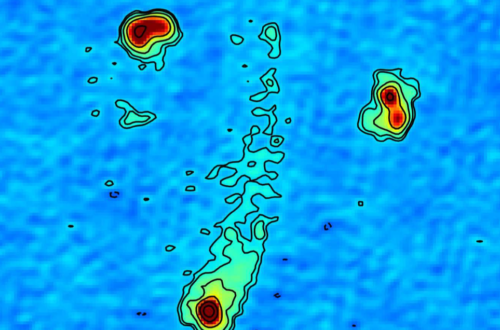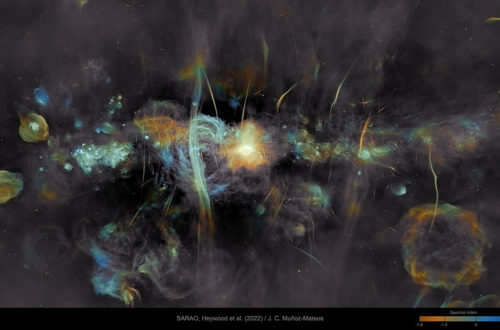Numerous black holes are hidden in the space. These compact objects are difficult to probe as light cannot escape from the strong gravities from them. Fortunately, some black holes are actively shaping their environment and in such a way, we could “catch” them.

SS 443 is one of the most popular and active black hole systems that strongly influence its neighborhood. It is a young binary system that contains a 16 solar mass black hole accreting materials from a massive star orbiting around it (see Figure 1). The black hole was formed in a recent stellar explosion, which we call “supernova”. The recent time here means 20 thousand years ago, a short period in the astronomical clock. In its youth and fed by the companion star, the black hole has a strong temper and drives jets into space at around 26% light speed. The jets firstly hit the nebula formed by the supernova and then travel beyond to impact the gas far away. Such interaction forms W50 nebula. It is one of the biggest bubbles in our Galaxy, with a size of 2-degree x 1-degree. Unfortunately, it is not visible to the naked eye, but if it is, it looks 7 times bigger than the moon on the sky. The shape of the bubble is not spherical but extended towards the east and west due to the jets. This shape resembles a manatee, so it is also named Manatee Nebula (see Figure 2).


Studying the bubble helps us to understand the black hole’s influence in galaxies. Recently, I participated in a study of the impact of SS 433 on the interstellar medium. We found that SS 433 is heating molecular gas, the coldest and densest gas in the space, and the birthplaces of next-generation stars. The few molecular clouds near the western tip of the W50 nebula (see Figure 3) reveal a high temperature and possible shocked features. These clouds are massive and around 160 light-years away from SS433. The properties of clouds demonstrate that SS433 has influenced the distant clouds that are 100 times more massive than the black hole. Interestingly, not only the ambient as is perturbed and heated but also the chemical composition of the molecular gas changes: the CN molecular seems to be 10 times more abundant than expected, likely due to a higher cosmic ray level in the vicinity of the W50 nebula.
SS 433 have attracted many studies in the past decades. Now we have a clear picture that this very small-scale object is powerful enough to change macro structures and that black holes are important sources to regulate the mechanical and chemical evolution of the galaxies.




